Minabe Tanabe Region, Wakayama Guide: All You Need to Know About Japan’s Ume Heartland
Located on the southwestern coast of central Japan, Minabe Tanabe Region in Wakayama Prefecture is an area known for Japan’s historical health food- ume (Japanese plum), particularly the native Nanko plum variety. Plum trees are dotted across the entire town, with numerous trees adorned with the sign- "梅" (plum).
The ume blossoms bloom all at once in mid-February, announcing the early arrival of spring to Wakayama. Minabe-bairin Ume Orchard and Kishu Ishigami Tanabe Bairin Ume Orchard are iconic plum blossoming-viewing spots, frequented by tourists every year. In this ume heartland, you can also find many gourmet dishes and sweets made with plums.
Minabe Tanabe Region
Did you know that Minabe and the neighbouring town of Tanabe contribute to the majority of Japan’s ume and umeboshi (salted and pickled ume) production? They produce around 60 percent of the ume sold in the domestic ume market. The Minabe-Tanabe region has a history of plum cultivation nurtured in its rich natural environment, particularly known for its high-quality plums under the name "Nanko Ume”- a leading brand of plum in Japan.
Nanko Ume 南高梅
Nanko Ume is characterised by its thin skin, small seed, and soft flesh, lauded as the highest quality brand of Ume. A green Nanko ume has a refreshing taste, rich in acid and flavour while a matured plum is mellow in flavour, less acidic therefore sweeter in taste (processed ume products). Such processed plum products are used in health foods such as plum wine and pickled plums.
The origins of Nanko Ume date back to 1902 when it was first cultivated by Mr. Sadagusu Takada in the Kamimibu Village. He discovered a superior variety with large, beautiful red-coloured plums among the Uchinaka plum seedlings he inherited, then selected and cultivated it as the mother tree. Later, this plum was formally registered as "Nanko Ume" by Mr. Katsutaro Take-naka, a teacher at Nanbu High School, hence officially recognised as a variety. With the assistance of the local community, this plum has become an important mainstay agricultural product bearing the region's name.
Minabe Tanabe Plum System
Read on and discover the unique "Minabe Tanabe Plum System," recognised as a World Agricultural Heritage, and delve into the charm of Nankou Ume through our guided tour experience of ume grove and ume production led by Mr. Iwamoto, the president of Plum Kobou (Iwamoto Foods), top ume producer and retailer in Minabe Town.
World Agricultural Heritage
In the Minabe Tanabe region, the residents literally alongside the plum trees, and fervently dedicate their lives to preserving their traditions for the future. Within this plum-centric lifestyle, the residents prioritise harmony with the environment while passing down their skills and knowledge across generations.
This unique agricultural system unites the sea, mountains, plum orchards, and Japanese honeybees, covers everything from plum production to sales while coexisting with nature, sustaining the local community's livelihoods and ecosystems. In appreciation of these efforts, Minabe Tanabe Region was designated as a World Agricultural Heritage in 2015.
Ume Cultivation and Preservation
Starting from the top, the mountain ridges above ume orchards are covered in coppice forests in which selective cutting is practised, meaning that old branches are pruned to allow new ones to grow. An oak species called ubame that lives in these forests is used to produce a type of high-grade charcoal, Kishu Binchotan, which Minabe Tanabe region is famous for.
Many Nanko Ume trees cultivated in the Minabe Tanabe region cannot self-pollinate, requiring the planting of other plum varieties to aid in pollination. However, manually transferring pollen to hundreds of plum blossoms is an exceedingly labour-intensive task. This is when Japanese honeybees play a crucial role in the process. The period when plum blossoms are in full bloom in early spring serves as a crucial nectar source for Japanese honeybees during this flower-scarce time.
Umeboshi (Pickled Plum) Production Process
(1) Harvesting and Selecting Ume
The peak season for harvesting ume is in June. From late May to early June, green plums are harvested from ume branches. Throughout the month of June, ripe plums fall naturally from the branches, into a blue net attached at the base of the trees.
Harvested plums are processed and sold through two routes: green plums are shipped via Japan Agricultural Cooperatives while fully ripened plums are sold to processing companies for salt-pickling or barrel storage by farmers.
(2) Processing of dried plums
Dried plums are retrieved using a colander and inspected closely. At this stage, the plum skins are very delicate and prone to breakage. Plums with broken skins are removed or sometimes used to make plum paste.
(3) Classifying and grading plums
Grade A is the highest grade of plum, prized for its thin skin, soft flesh and intact skin. In total, there are 10 grades in the classification of plums.
(4) Arranging and drying plums
Each plum is carefully arranged and dried manually. The plums are then seasoned with various flavours once they are dried completely.
(5) Removing seeds from plums
Seeds are removed from plums by hand. After completion of the final round of seasoning, the pickled plums are carefully packed in individual packets so as to prevent the thin skin of plums from breaking.
(6) Packing, boxing and packaging
Various kinds of pickled plums are completed. Plums are not only used to make umeboshi, they can also be transformed into vinegar, seasonings, sweets, tea, umeshu (plum wine) and more.
Health Benefits of Plums
Research conducted by a study group has scientifically confirmed the preventive effects of umeboshi made from Nankou Ume plums on stomach cancer, hypertension, and arteriosclerosis, as well as their fatigue recovery effects. Also, umeboshi have long been recognised for their functionality as a preserved food and as a health food for maintaining good health, and are favoured by Japanese athletes.
About Plum Koubou
Plum Koubou is the leading ume producer and retailer in Minabe Tanabe region. The main store of Plum Kobou is located in the Kishu Minabe Plum Grove, the largest plum grove in Japan that is said to have 1 million plum trees at a glance and 100 miles of plum scent. The factory and sales store, filled with the scent of plums, offers a wide selection of homemade umeboshi, processed ume products, and gifts.
Plum Koubou also welcomes you to admire the beauty of plum blossoms while gaining insights about their rich culture and pride in coexisting with nature, beyond mere agricultural production. They offer factory tours and workshops such as plum juice making, plum jam making and ume picking. Do check their website for updates on their event calendar.
Store Outlets in Tokyo, Sapporo and Kobe
Beyond Wakayama Prefecture, you can also find Plum Koubou’s ume products in selected department stores across the country.
Tokyo: Nihombashi Mitsukoshi Store
Kobe: Daimaru Kobe
Plum Koubou (Flagship Store)
Location: 1187 Banme, Minabe-cho, Hidaka-gun, Wakayama, Japan 645-0022
Contact number: 0739-74-2406
Opening hours: 9:00am - 5:00pm (irregular holidays)
Facebook | Website | Online Store
Shop for Plum Koubou signature products online
Not to worry if you are not planning a trip to Japan anytime soon, you can shop for all things ume on Plum Koubou’s online store and receive the goods via international shipping. Umeboshi paste can be used an alternative to salt and vinegar, or as a condiment for sushi rolls and other small bites. Honey plums are a healthy snack option with reduced salt content, perfect for those who want to try umeboshi for the first time or for those who want to limit their salt intake.
Minabe Town Attractions
Access to Minabe Town, Wakayama Prefecture
The nearest airport is Kansai International Airport. It takes 2 hours via train to get to Minabe station from the airport.
Source: Visit Wakayama
Minabe-bairin Ume Orchard
Minabe Plum Grove is the largest plum orchard in area size in Japan. There are said to be around 100,000 plum trees in the grove. Located amongst the hilly mountainside area of rural Wakayama, Minabe Plum Grove dates from the Edo Period (1603-1868) when the area’s ruling samurai lords promoted the growing and cultivation of plums in the region. Today ,the grove is open to visitors between January and March each year when the plum blossoms reach full bloom. During this time, you can purchase many different types of umeboshi.
Location: Oshine, Minabe-machi, Hidaka-gun, Wakayama
Opening hours: 8:00am - 5:00pm (late January - early March only) *Please note that exact dates vary each year
Cost: 300 yen
Website
Source: Visit Wakayama
Ume Promotion Centre
This is a three-storey exhibition space where you can learn about the history of Nankou Ume, plum production and local culture, including the "Minabe Tanabe Plum System." There is also an ume specialty shop selling various ume products.
Location: 538-1 Taniguchi, Minabe, Hidaka District, Wakayama 645-0026, Japan
Opening hours: 9:00am - 5:00pm daily (Closed on Tue and New Year holidays)
Cost: Free
Source: Japan Travel by Navitime
Kishu Ishigami Tanabe Bairin Ume Orchard
Boasting the plum grove located at the highest elevation (300 meters) in the Kinki region, this expansive plum grove is one of the main groves of Tanabe City, the home of plums. During peak blossoming season, the grove is blanked with soft white blossoms and enveloped in a sweet scent. Follow the paths to an observatory and Kishu Tenmangu Shrine. Behold the bird’s eye view of 300,000 plum trees from the observatory.
Location: 5057-2, Kamihaya, Tanabe-shi, Wakayama, 646-0101 Japan
Opening hours: 9:00am - 7:00pm daily
Source: Cafe de Manma
Cafe de Manma
Enjoy a relaxed lunch with a spectacular view of the sea at Italian cafe restaurant, Cafe de Manma. They offer Italian-style pasta lunches using freshly harvested local vegetables and seafood, omelette rice with fluffy eggs, pizza baked in a stone oven, handmade sweets, Wakayama fruit punch, gelato, and drinks using Kishu Nanko plum.
Kishu Binchotan Museum
Discover the technology, history and culture surrounding binchotan, a high grade of traditional charcoal. Local Kishu binchotan has a history that reaches back to the Heian period. The name Kishu comes from Kii-no-kuni, meaning ‘木の国 (Land of Trees)’. As the name suggests, Wakayama prefecture has long been blessed with forests. Kishu Binchotan is characterised by its crystallised carbon, a high pitched metallic sound is produced when struck. It is very different from standard barbecue ‘black charcoal’ in terms of its longevity in burning. Also, the far-infrared rays emitted during burning warms the human body as a gentle radiant heat.
At the museum, there is has a variety of items on display including a xylophone made of binchotan. Binchotan is available for sale, as well as specialty sweets such as “Sumi-aisu"" (charcoal ice-cream). You can also try making wind chimes with binchotan upon advance reservation.
Location: 1267 Kiyokawa, Minabe, Hidaka District, Wakayama 645-0201, Japan
Opening hours: Mon-Fri, Sun 8:30am - 5:00pm (Closed on Sat)
Website
Other Ume Producers and Processors
Besides Plum Koubou, there are also other plum producers in Minabe Tanabe region who play an active role in sustaining the plum cultivation and production trade, such as UMETA and Nakata Foods Co. Ltd.
Click here for the full list.
Source: Nakata Foods Co. Ltd
Nakata Foods Co. Ltd is founded with the aspiration to produce low-sodium seasoned umeboshi using local Kishu plums from Nankitanabe, a major plum producing area, as well as an ingredient in making umeshu and processed ume foods.
Head over to Minabe-Tanabe Regional Association for GIAHS Promotion for more information about the Minabe-Tanabe Ume System.
*This article is brought to you in partnership with Minabe-Tanabe Regional Association for GIAHS Promotion.
Enjoyed reading our articles? Check out others below!

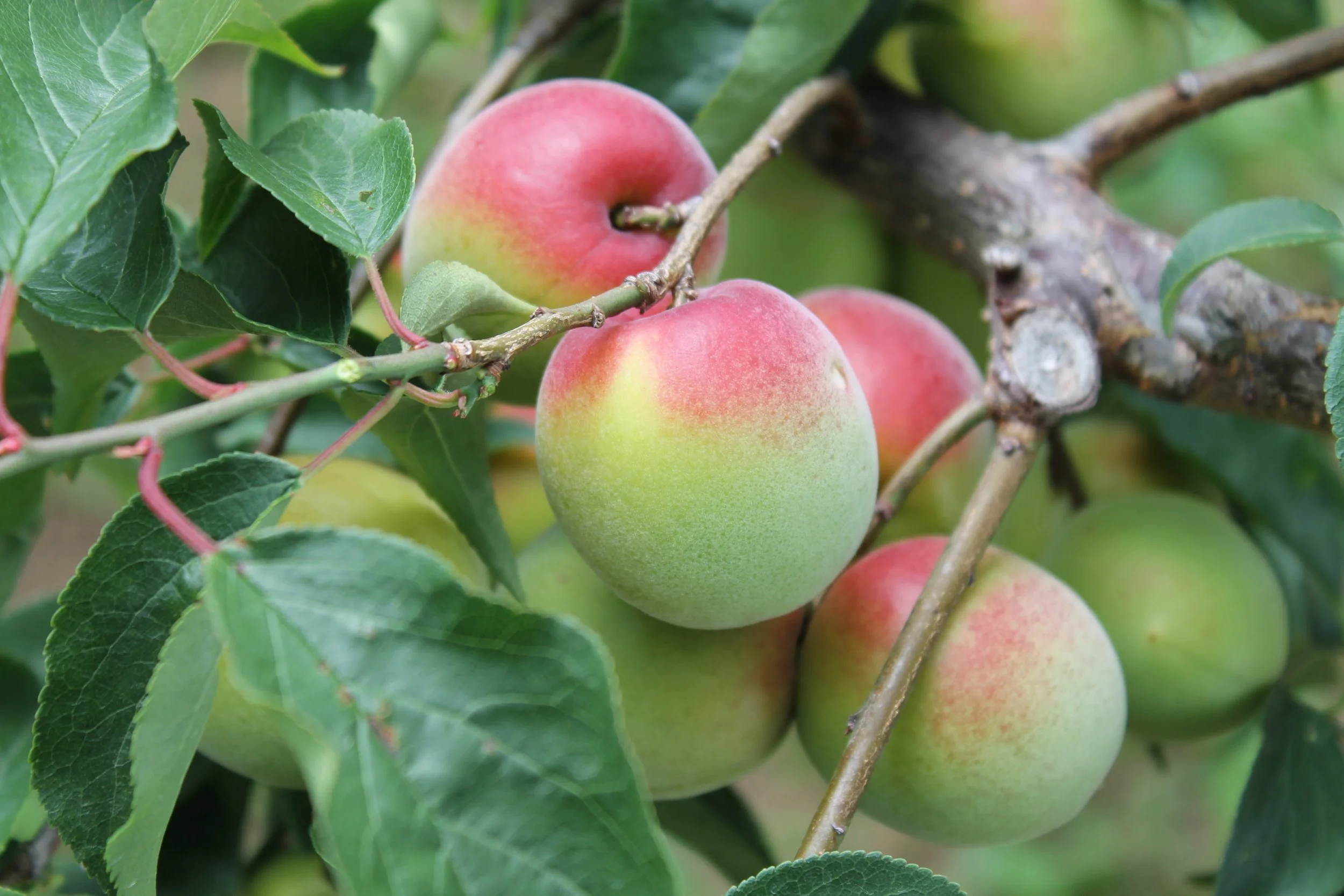
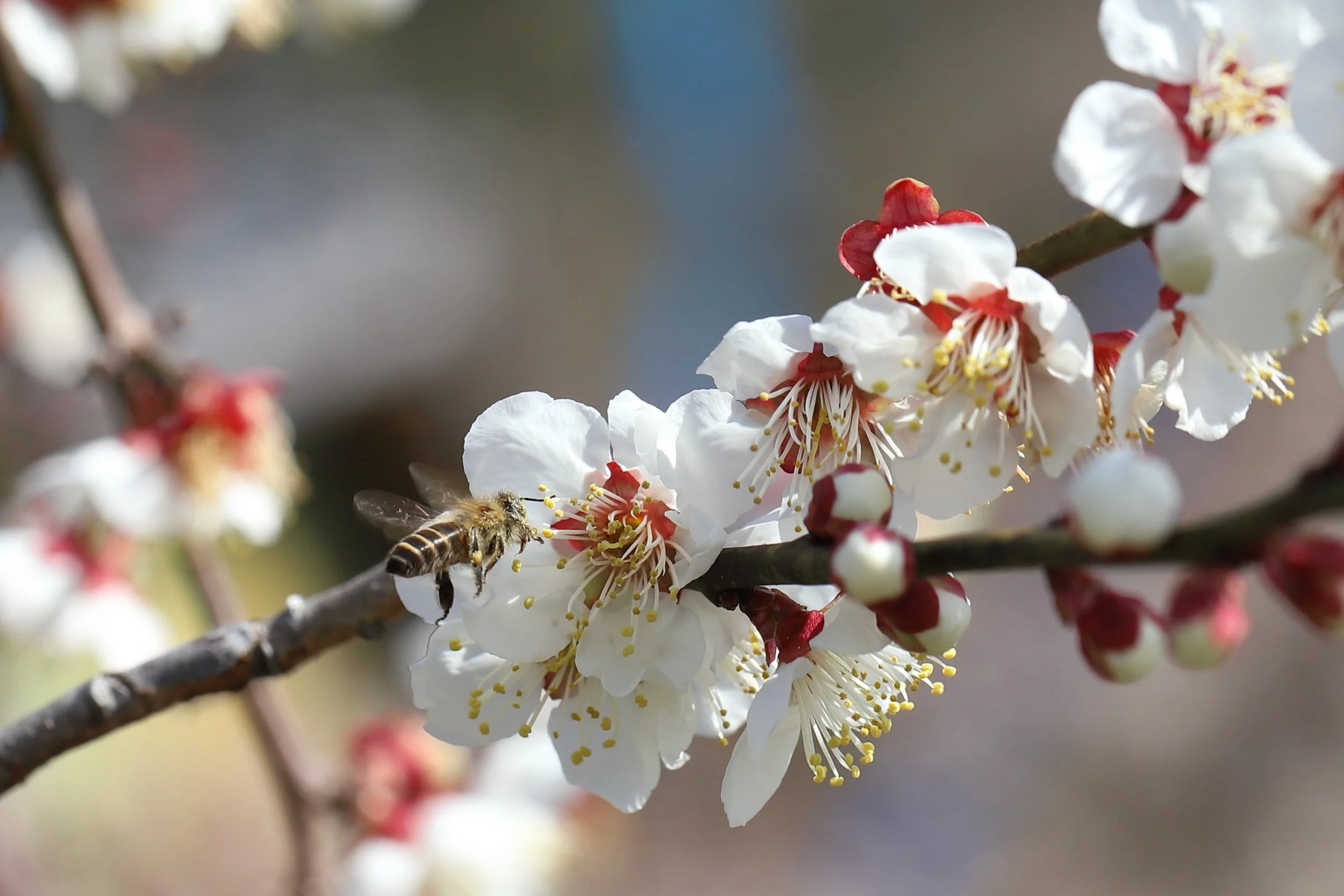
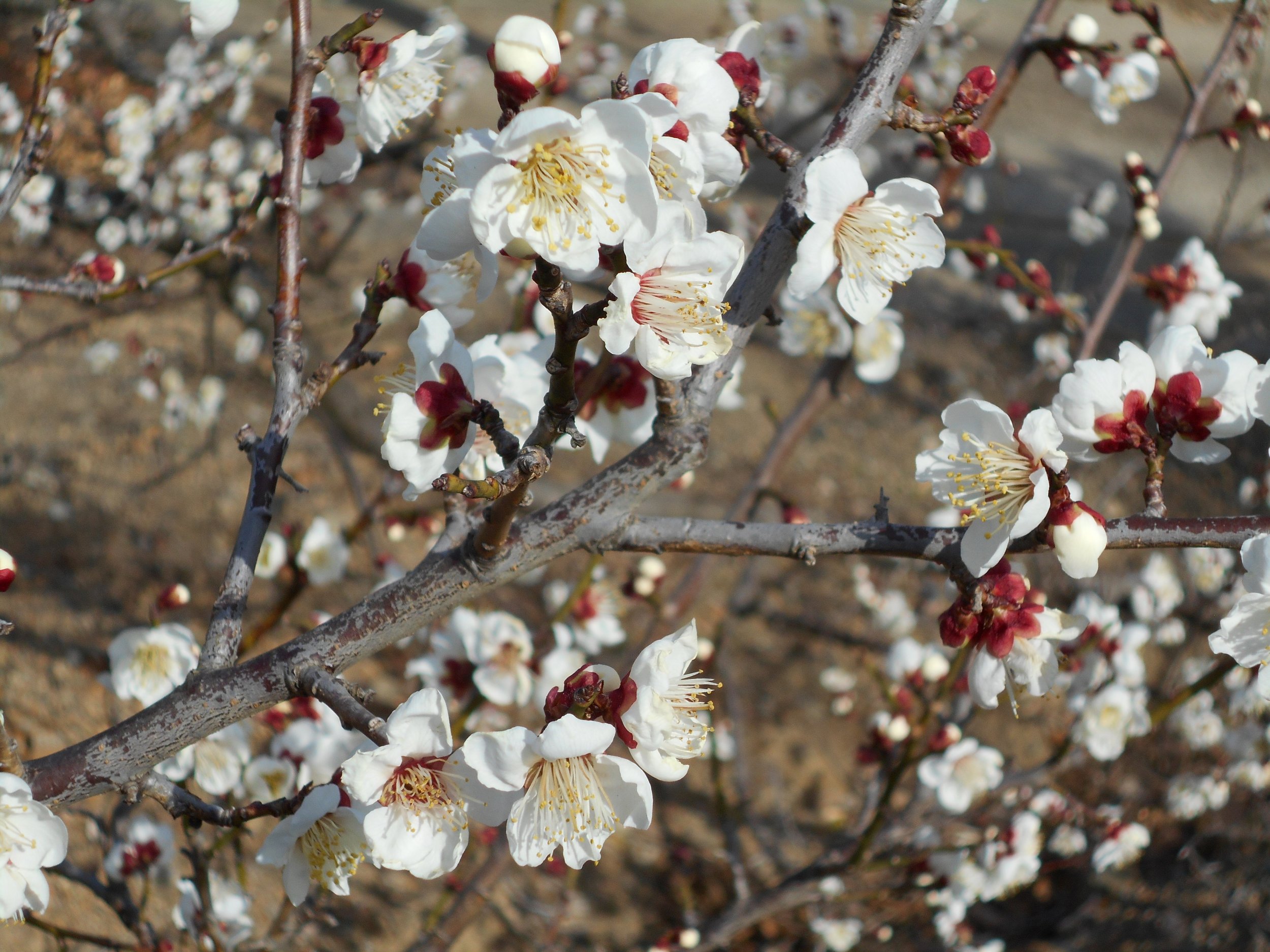
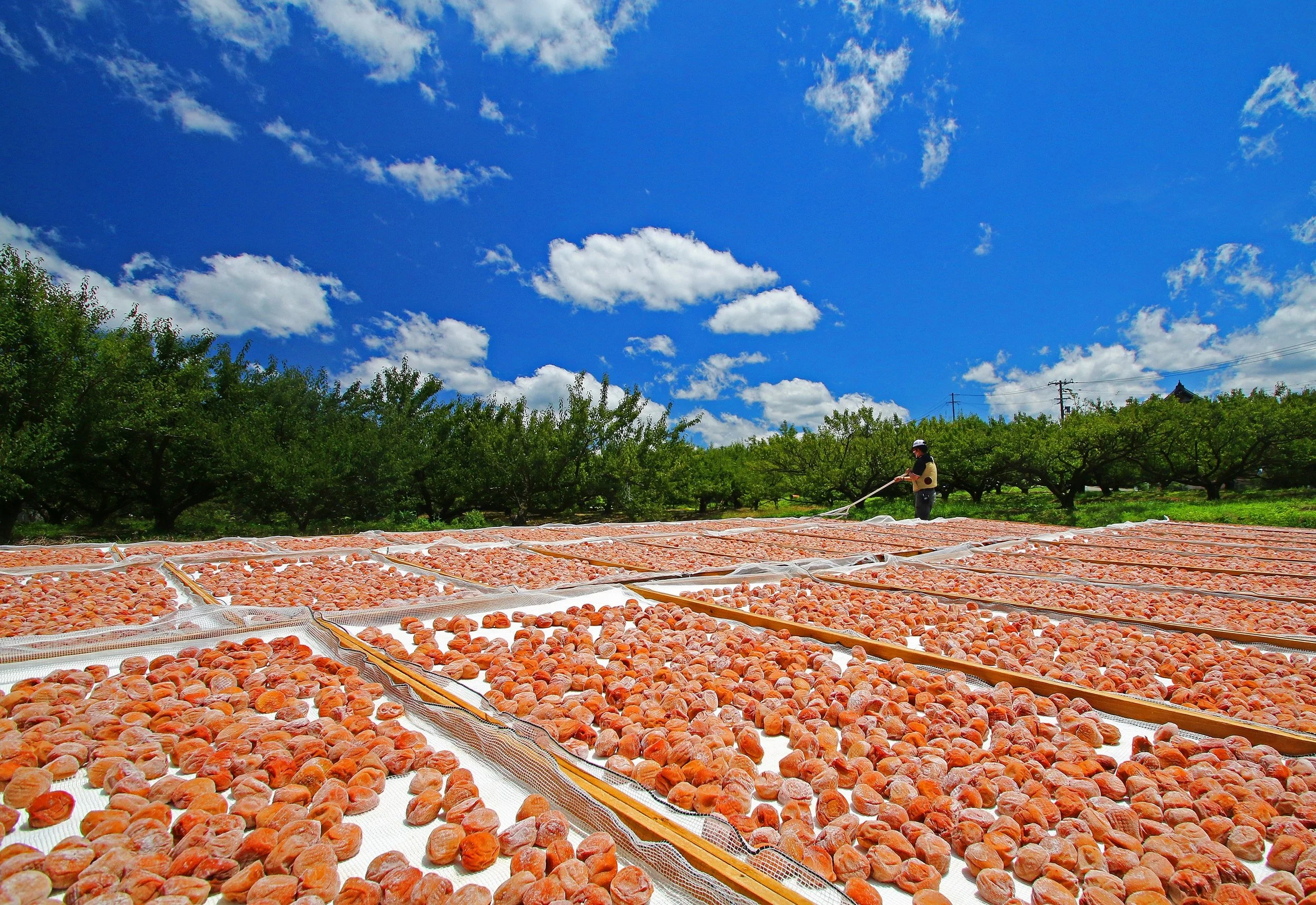
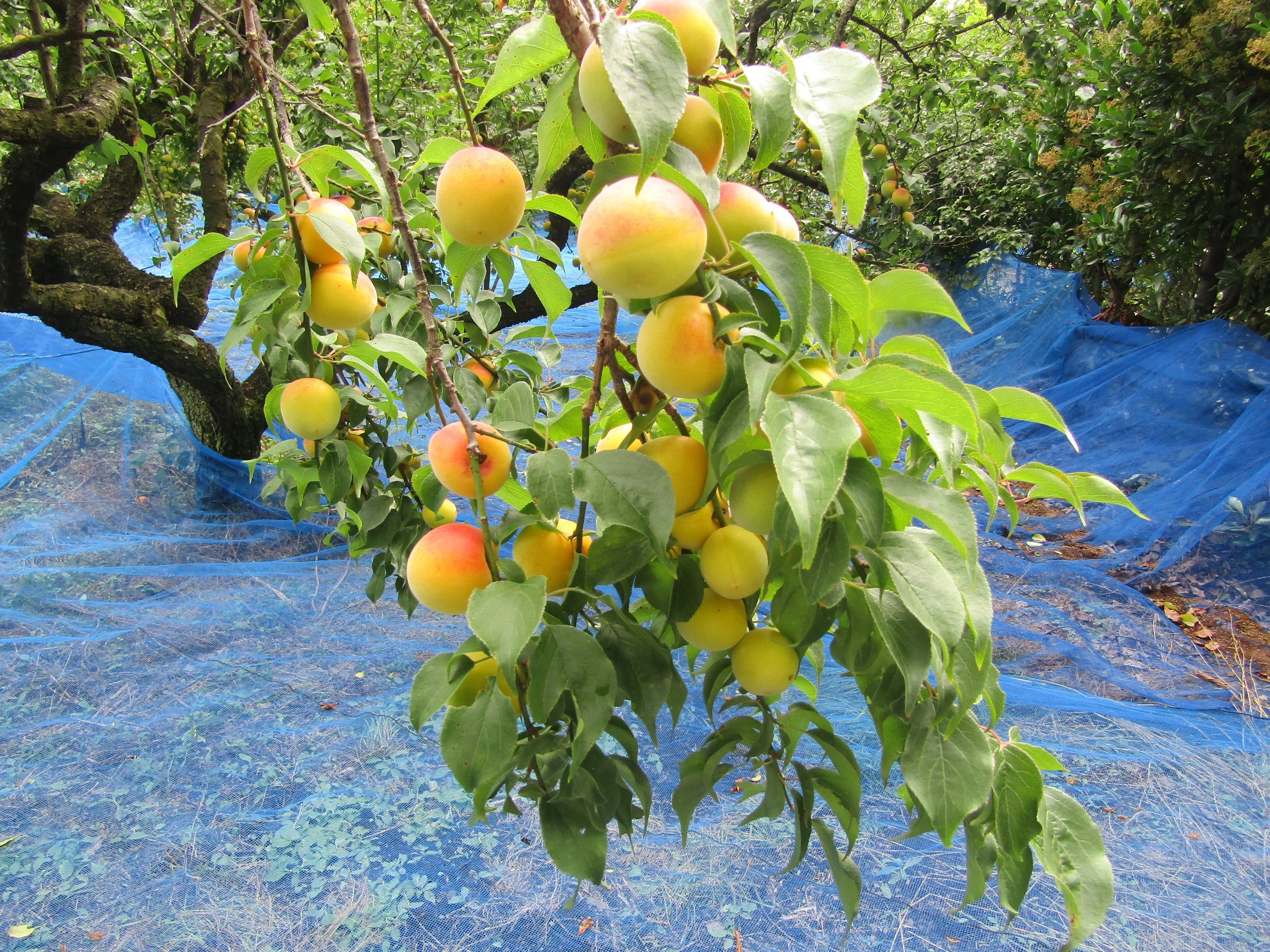
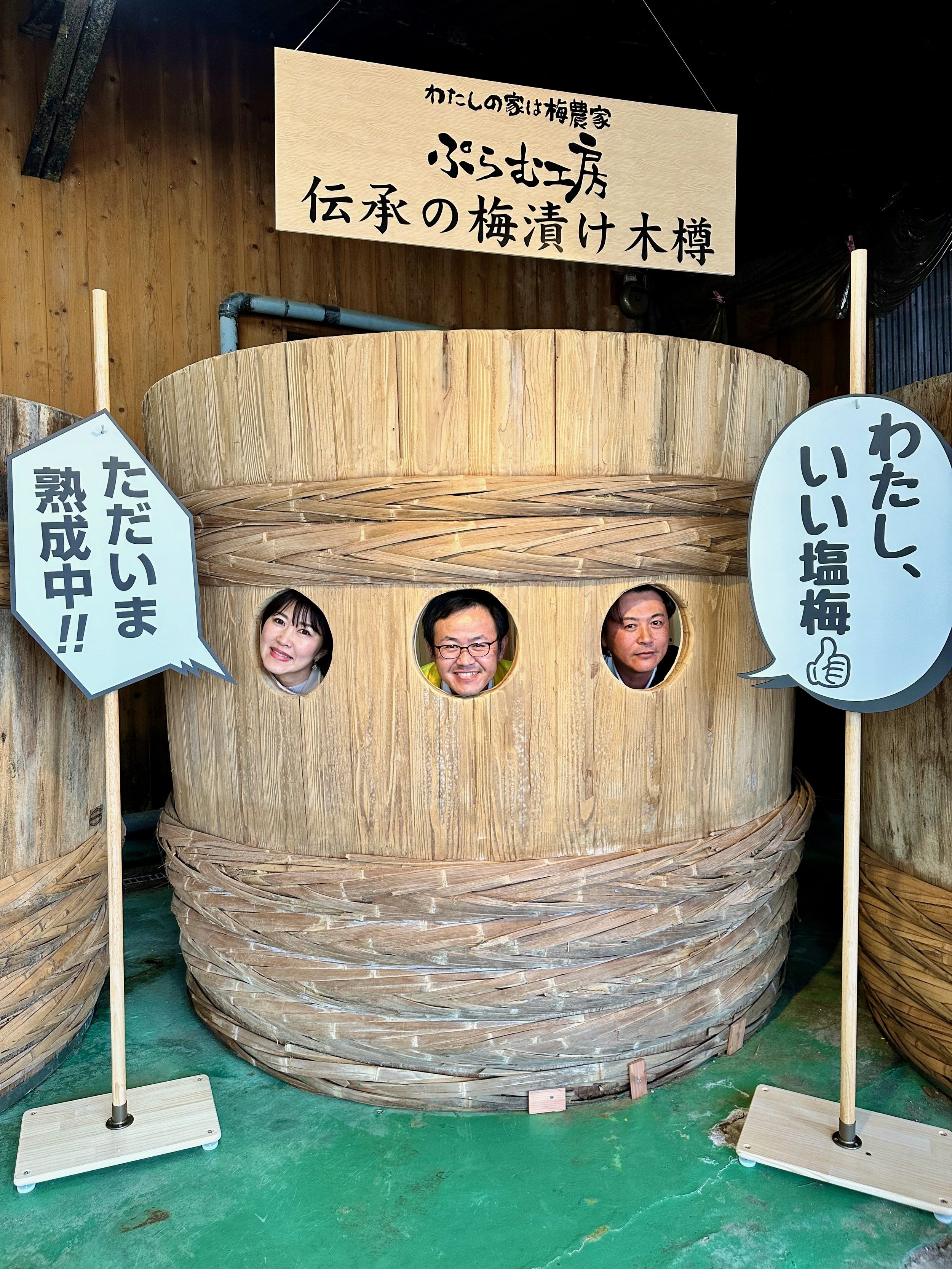
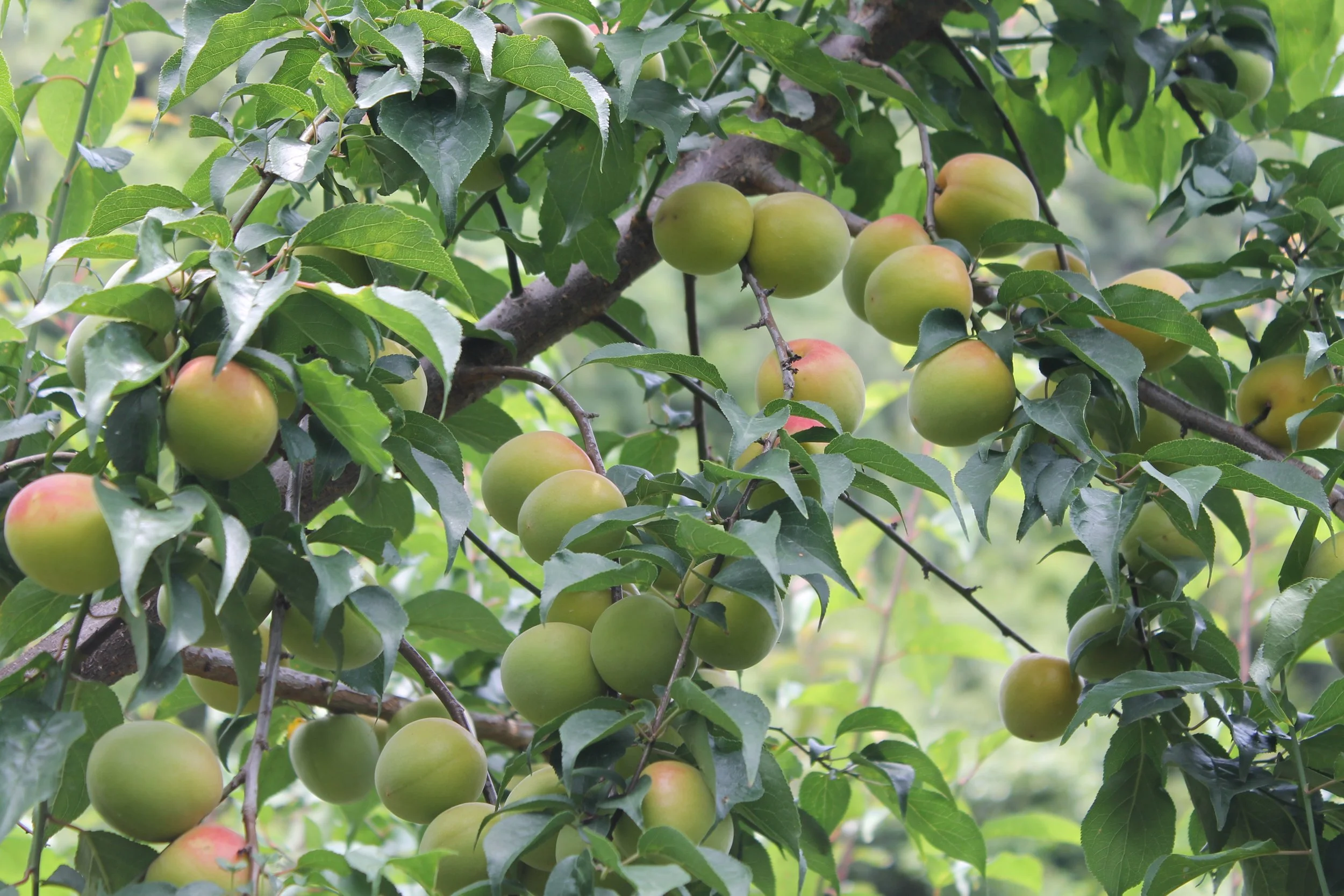
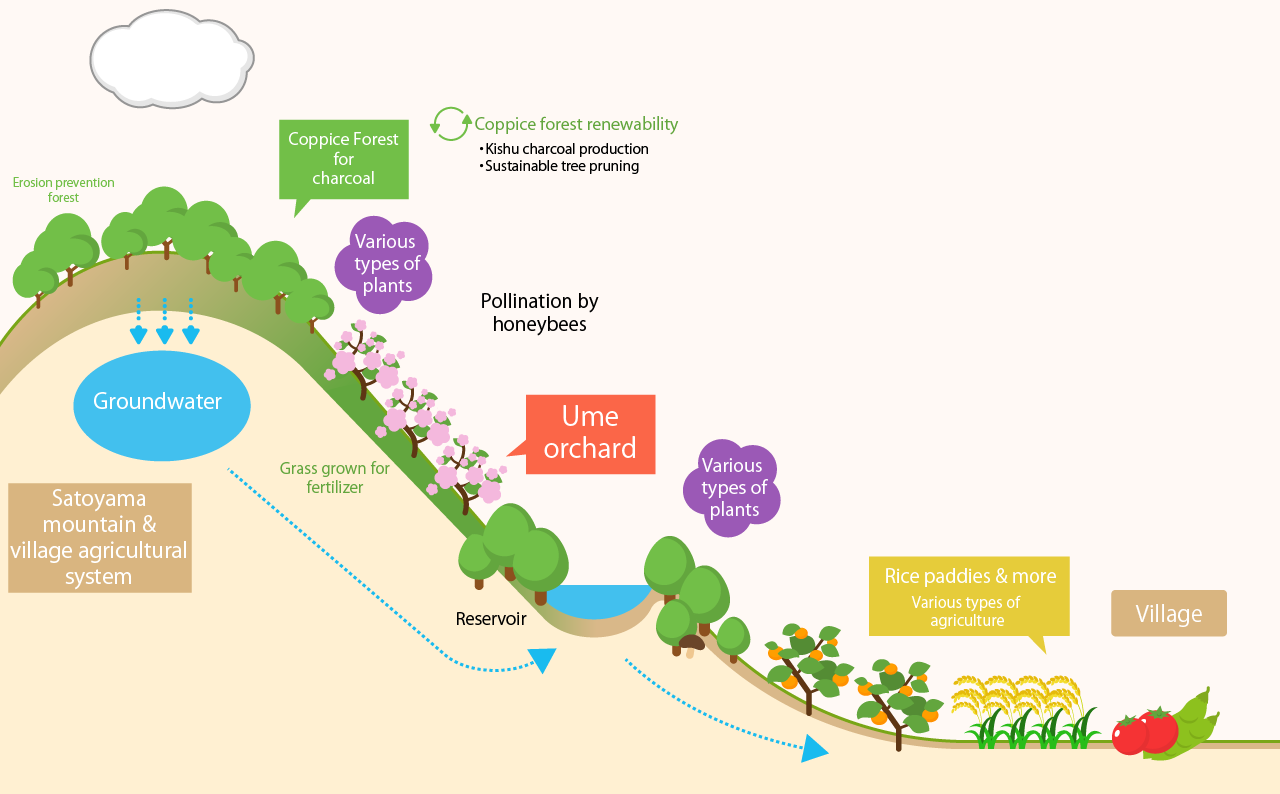
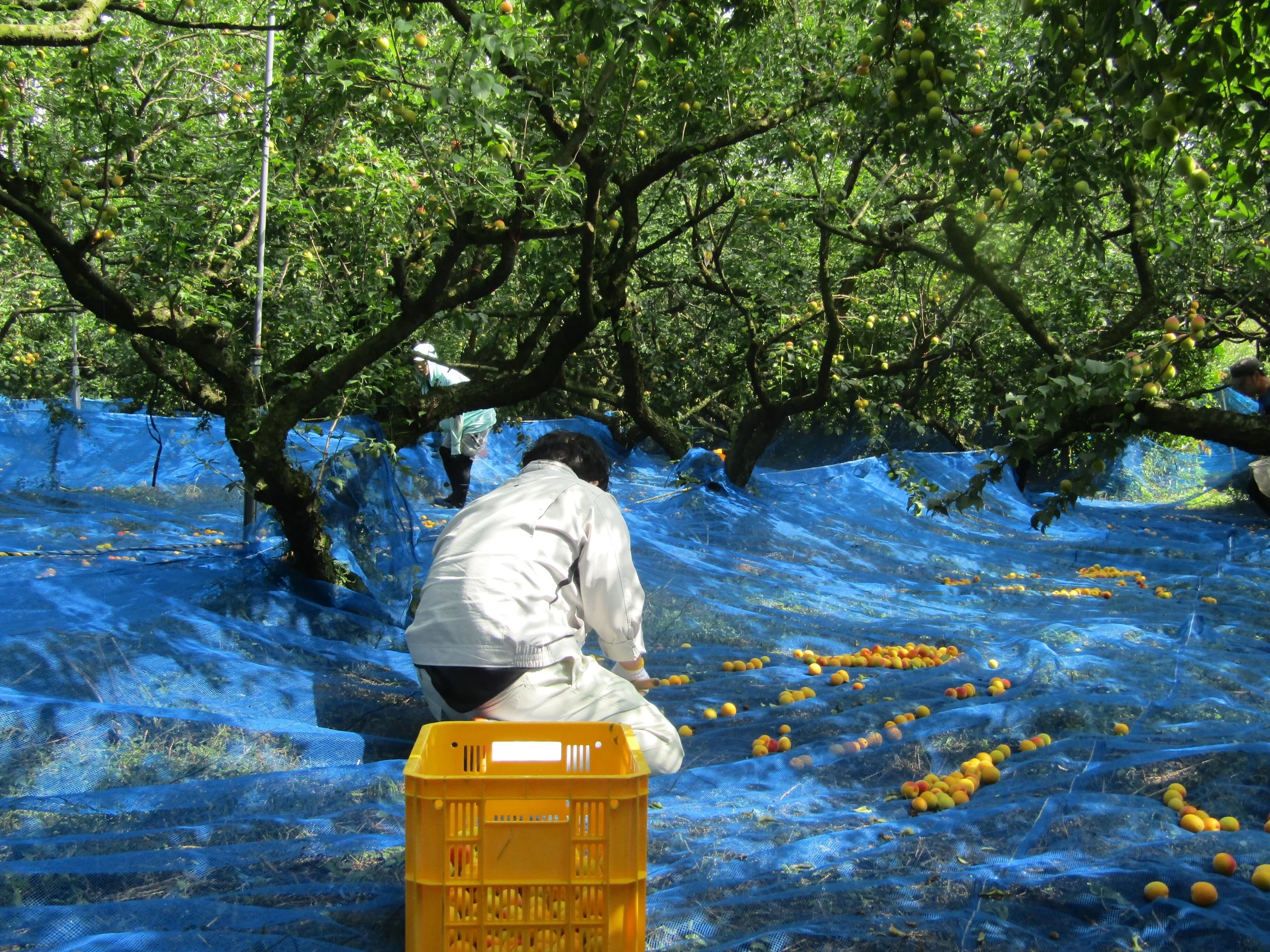
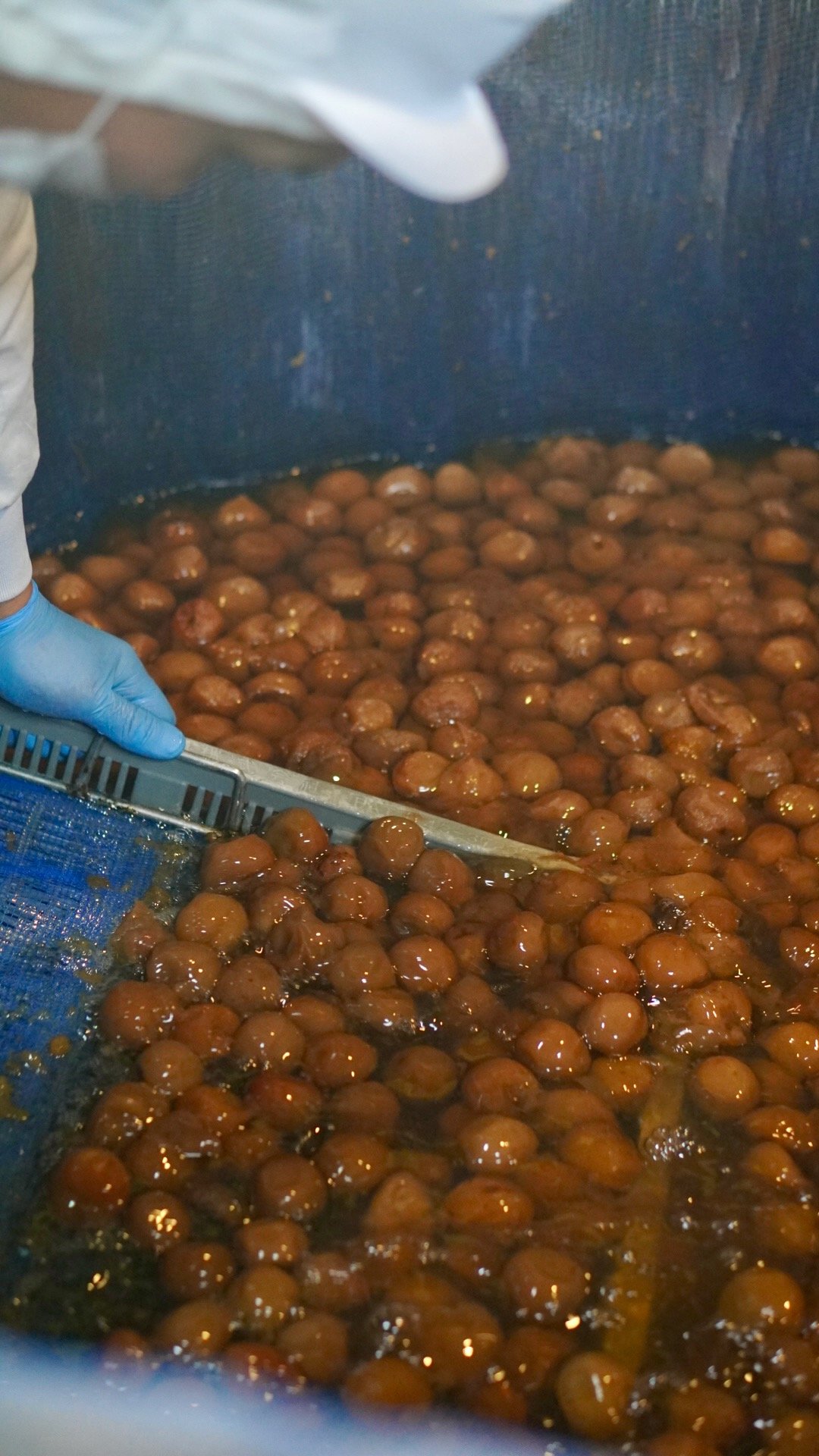

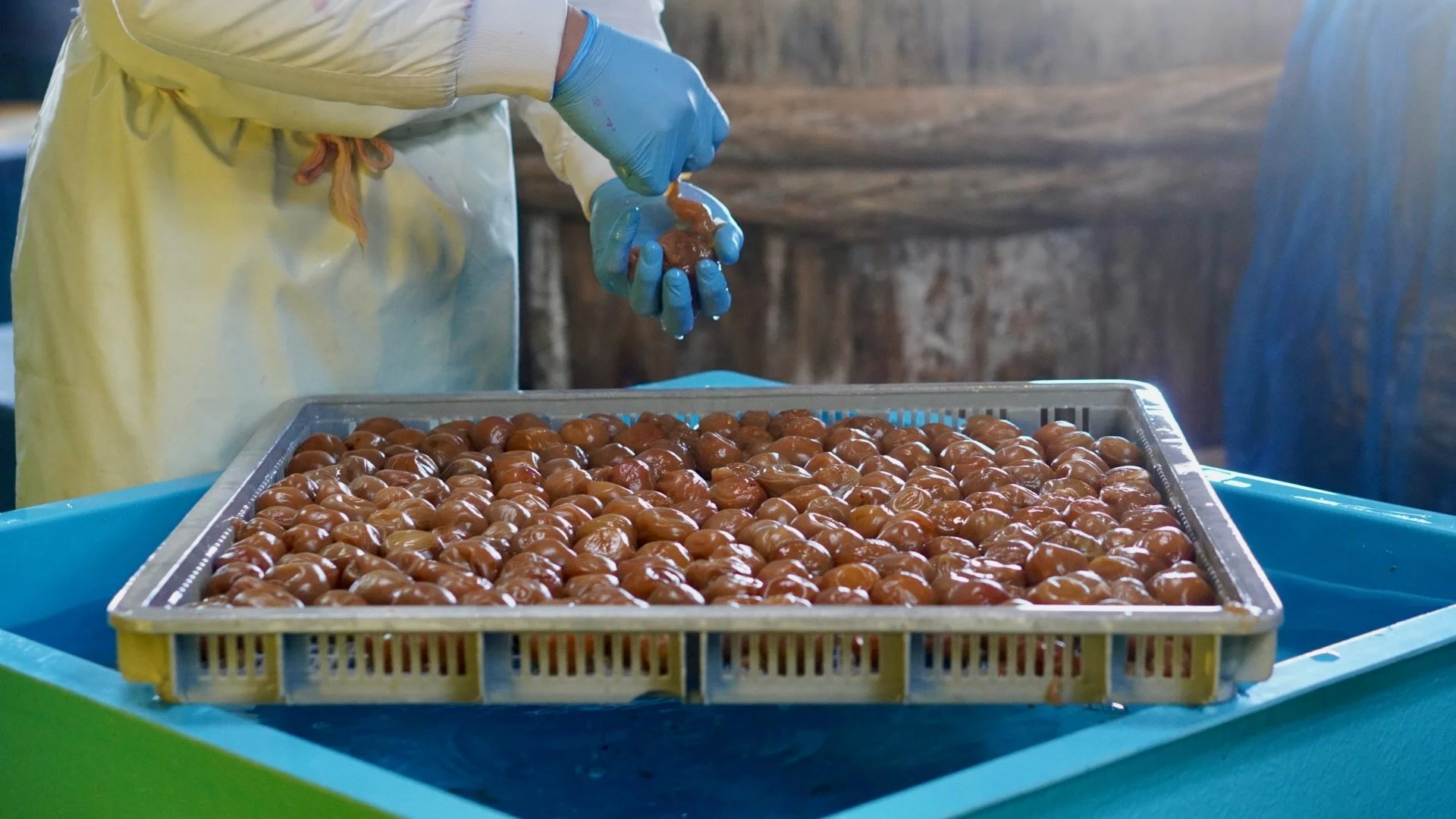

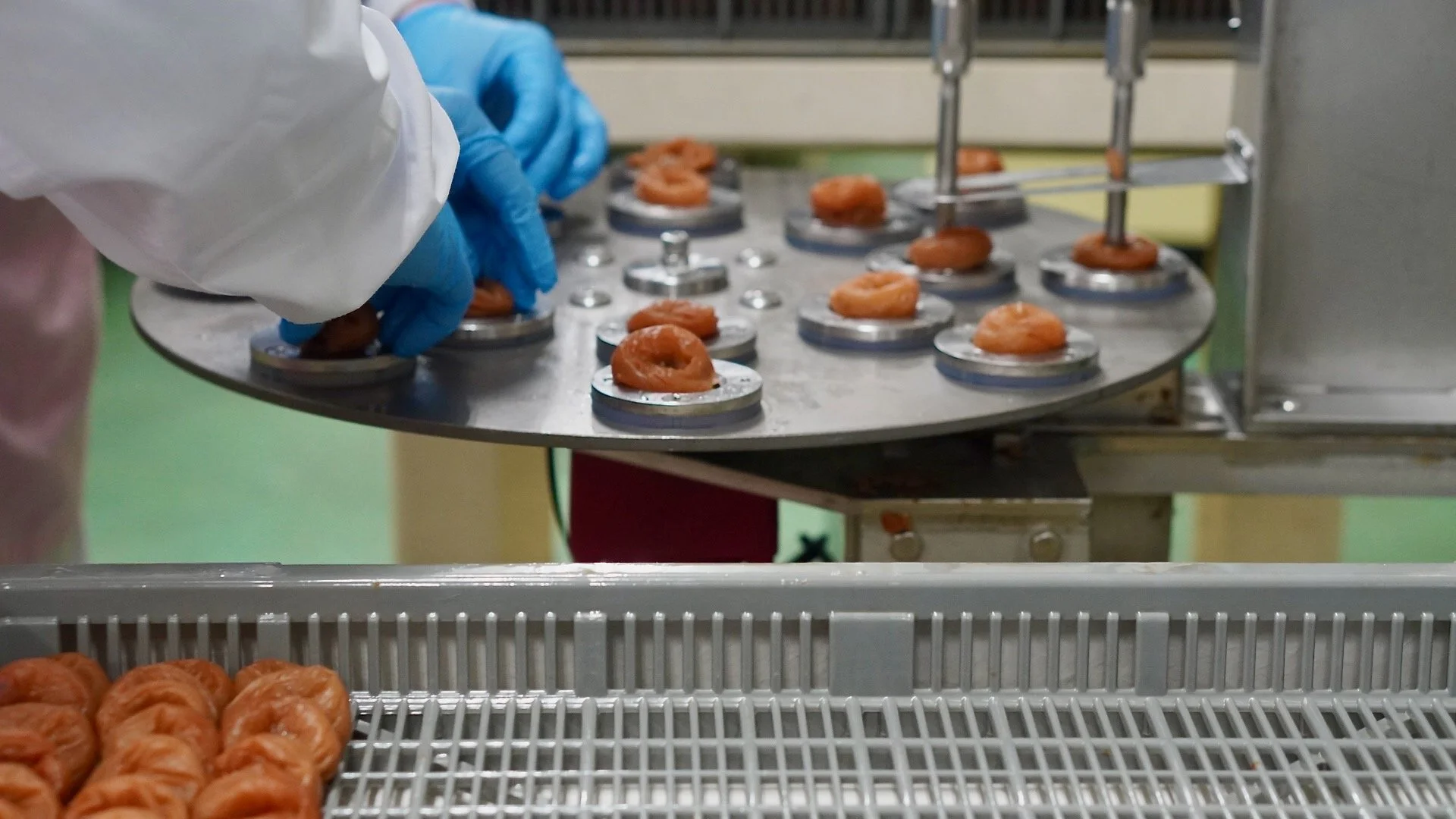

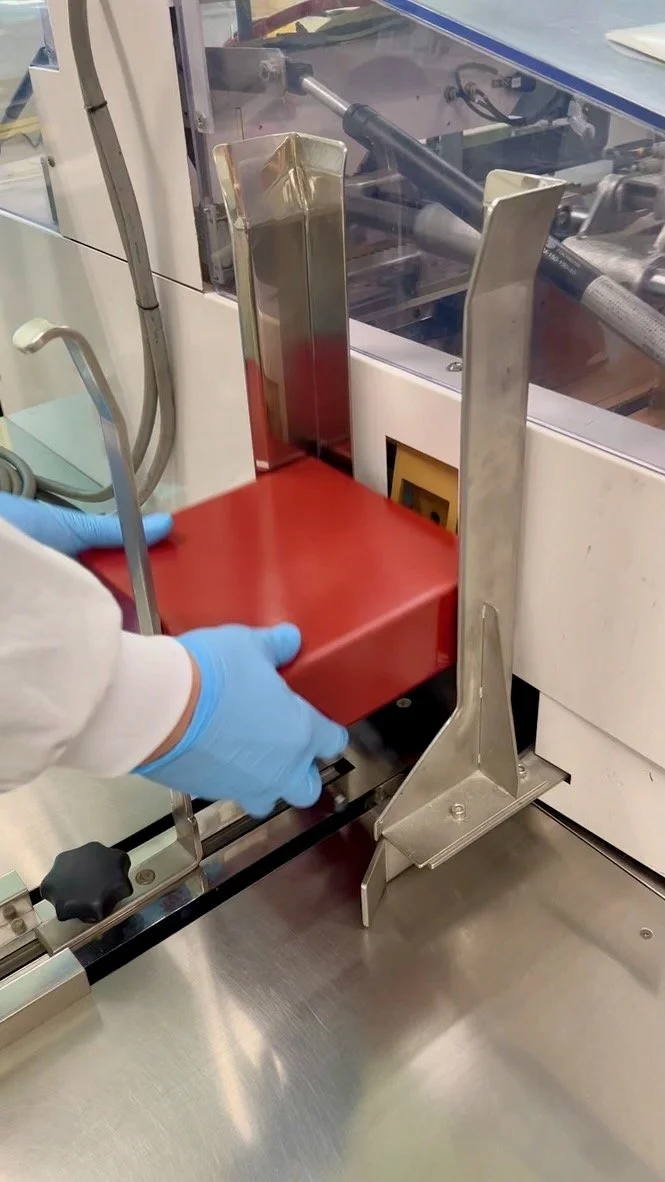
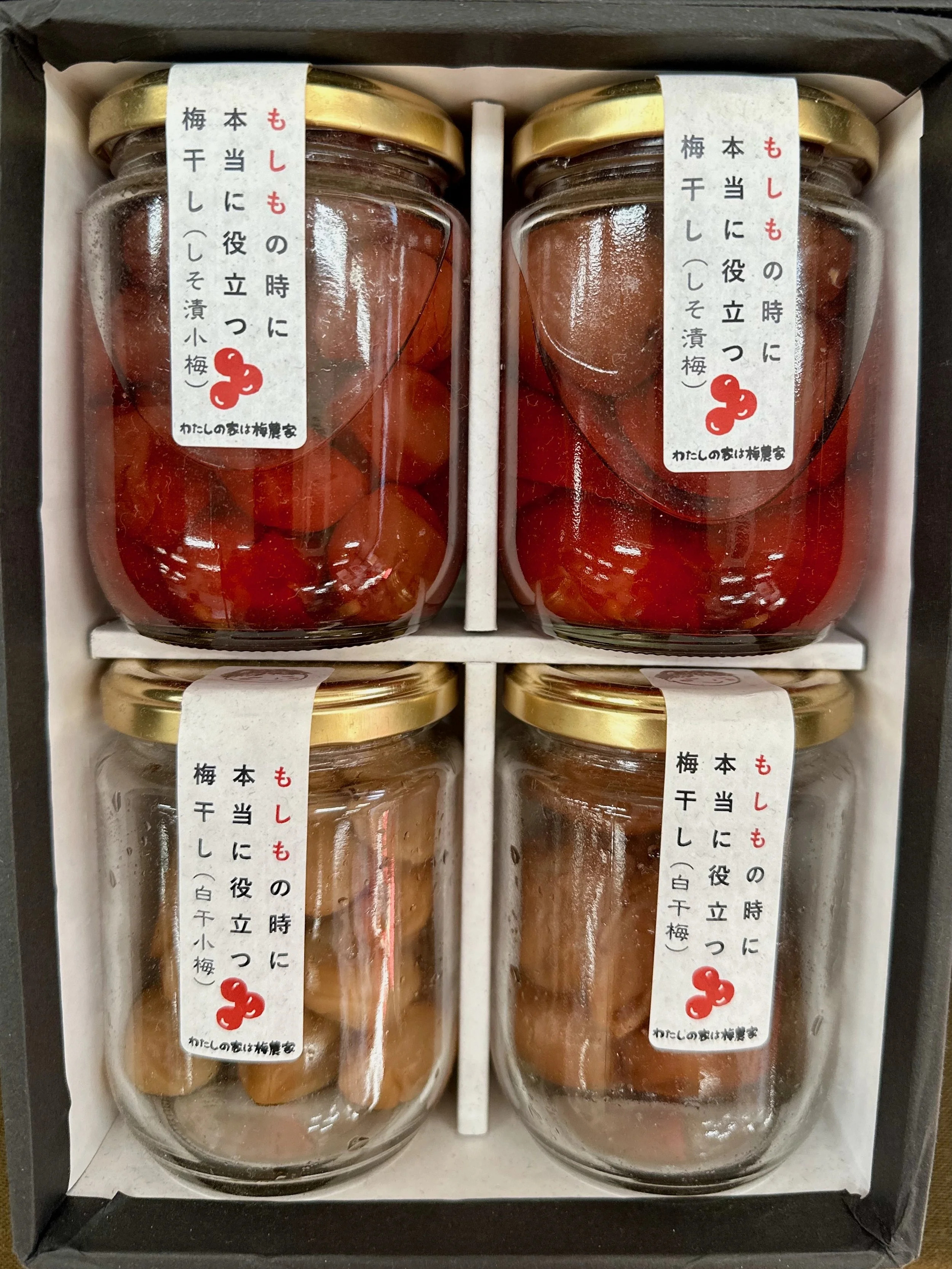
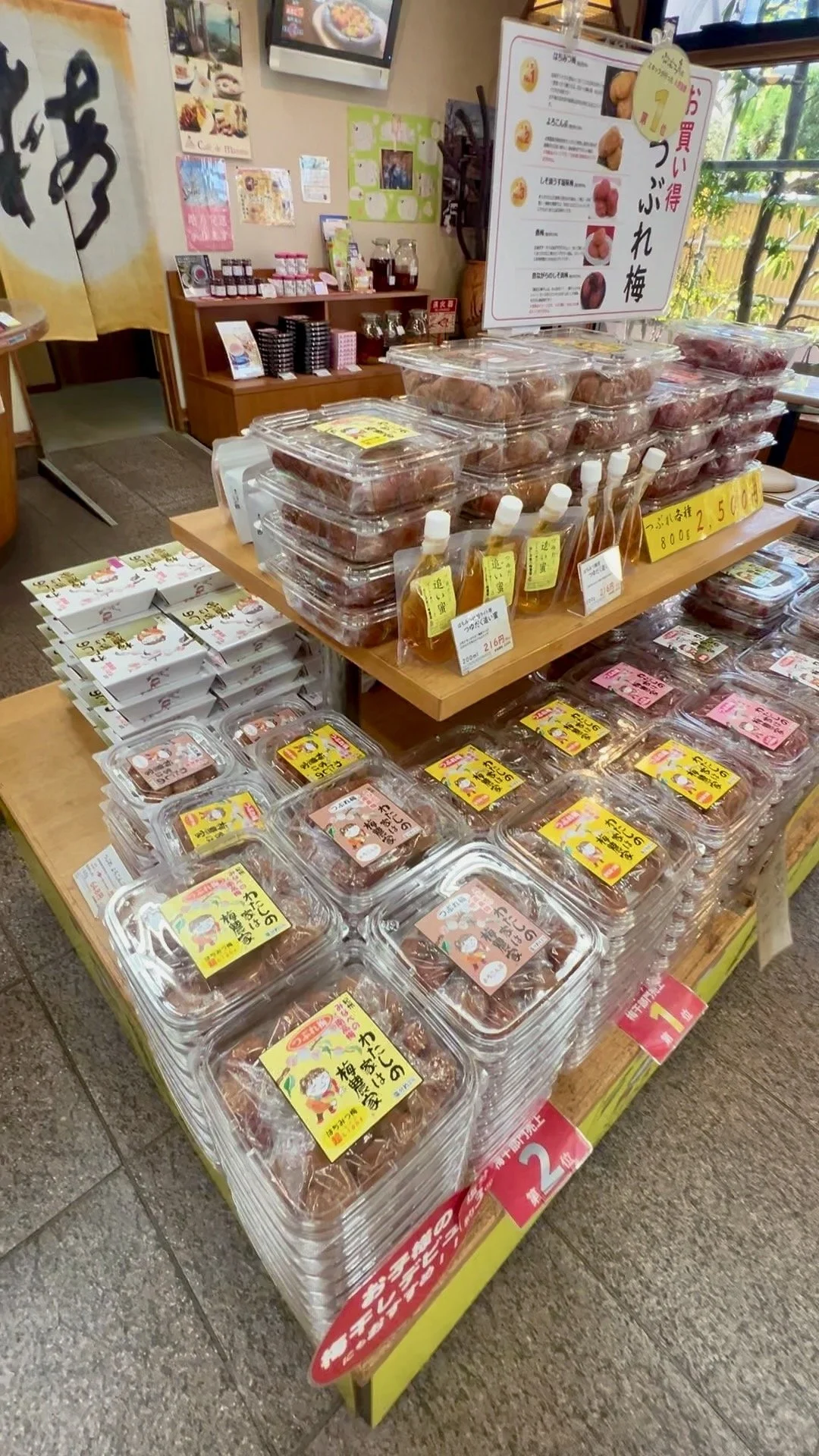
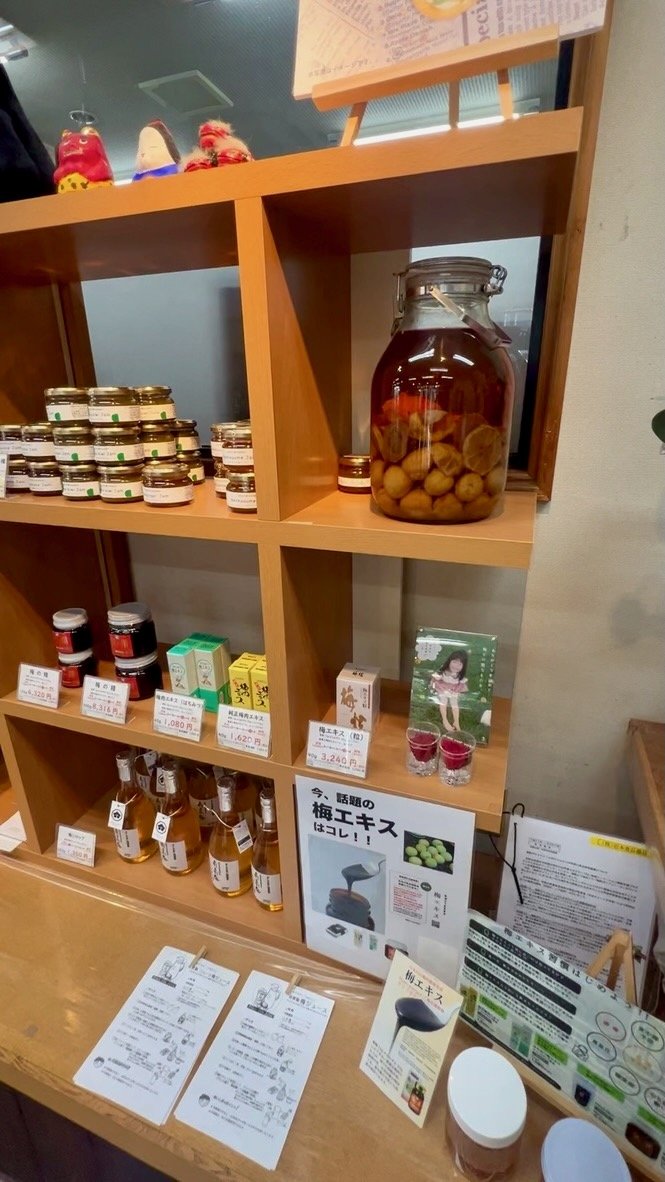
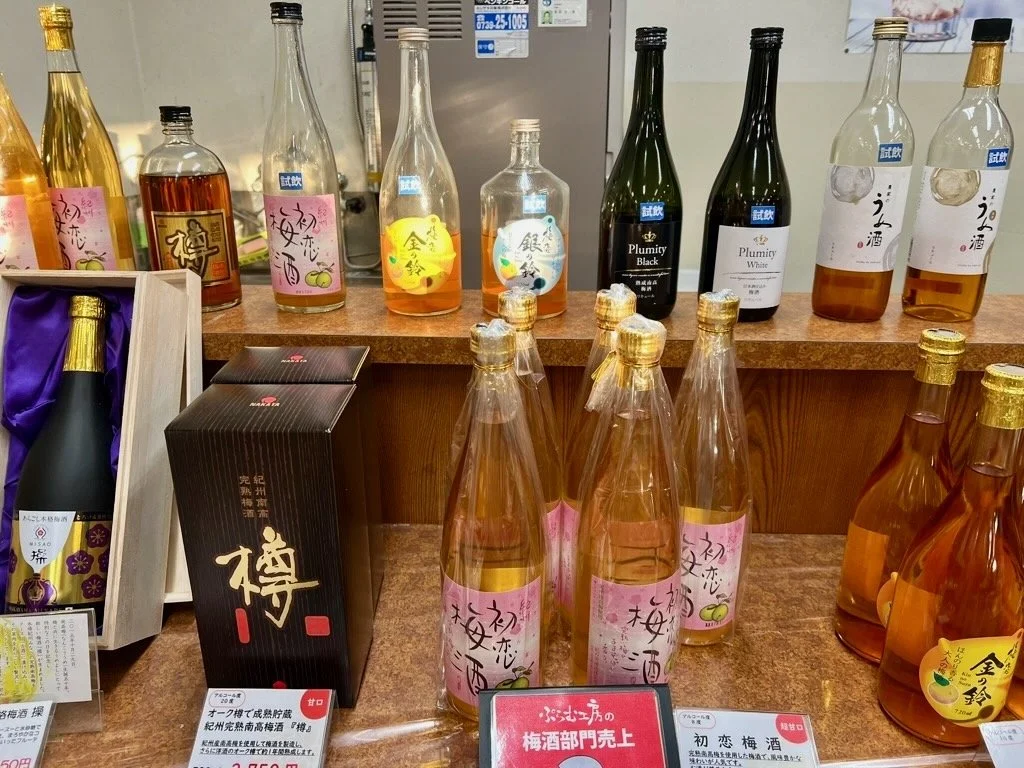
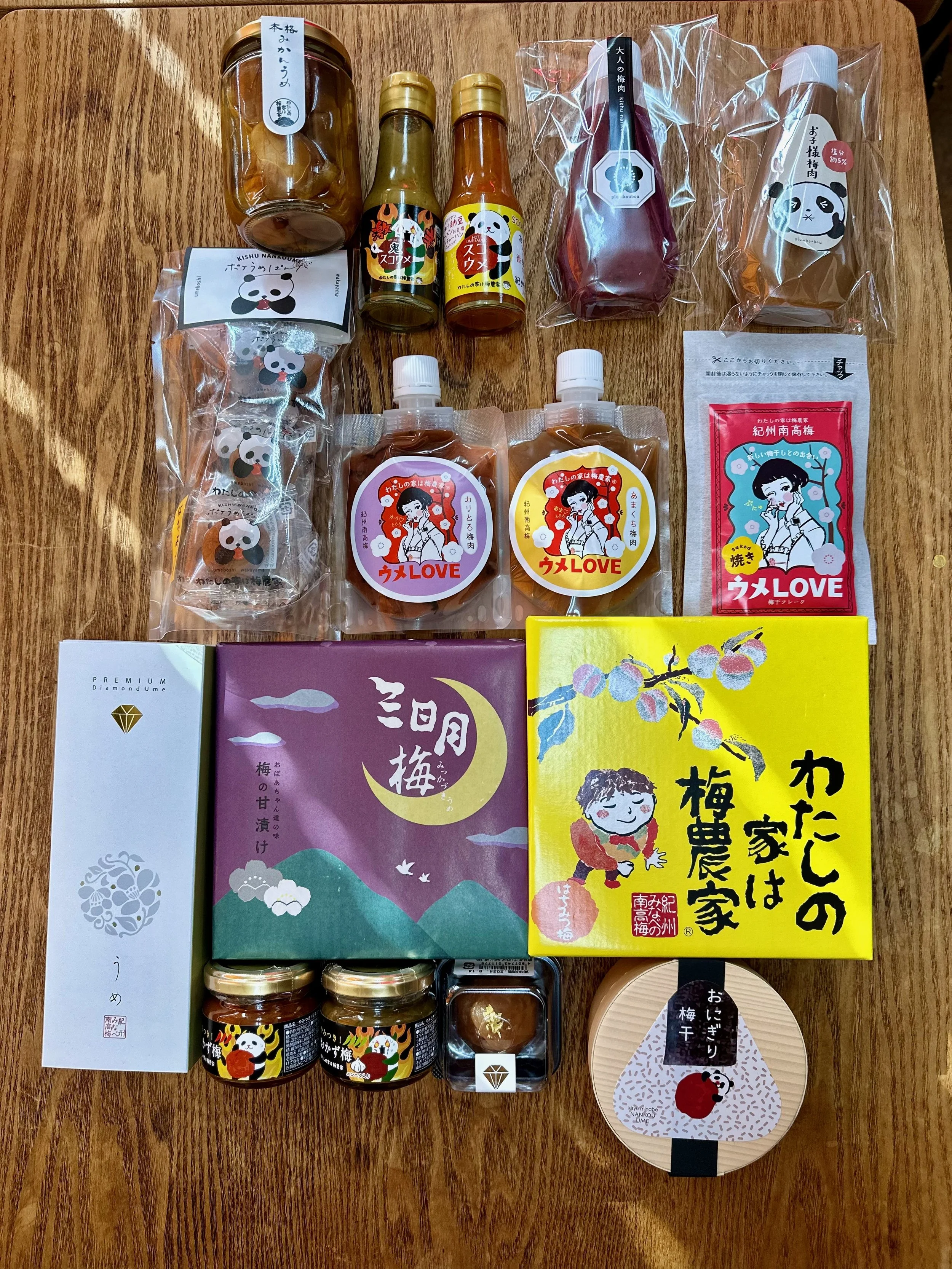
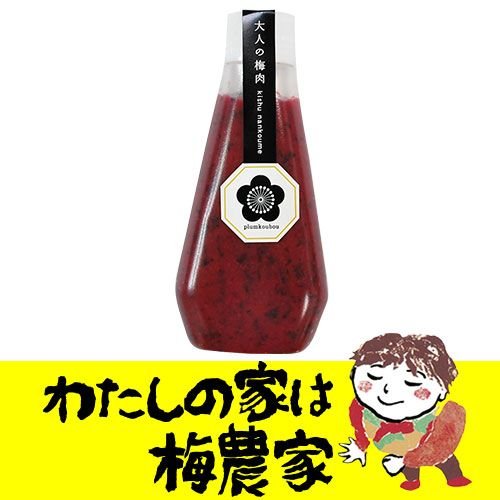
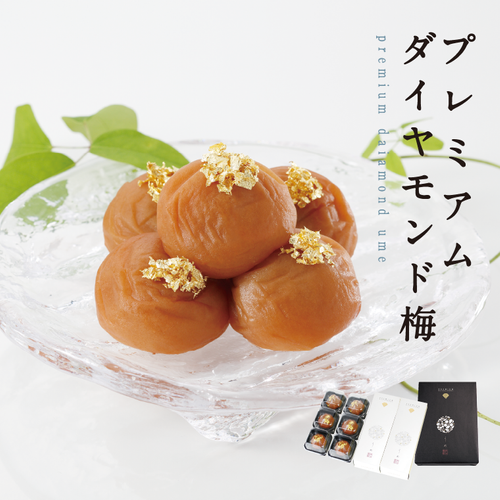
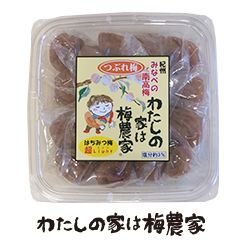

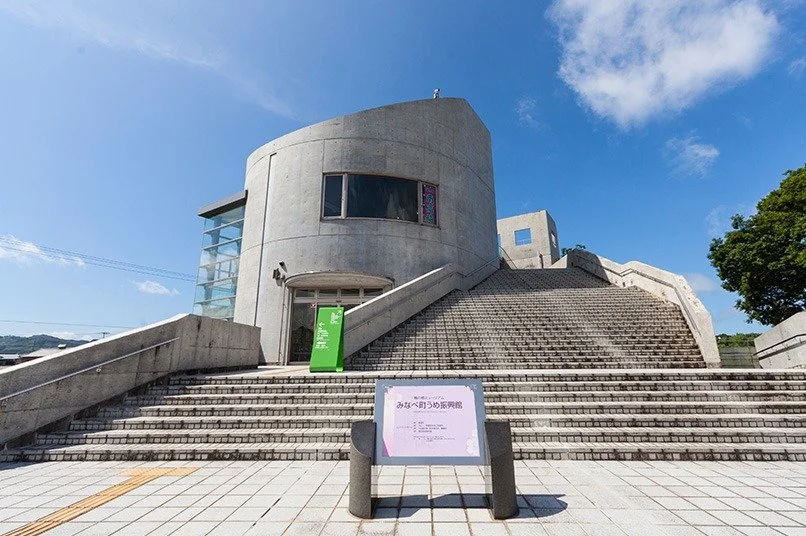
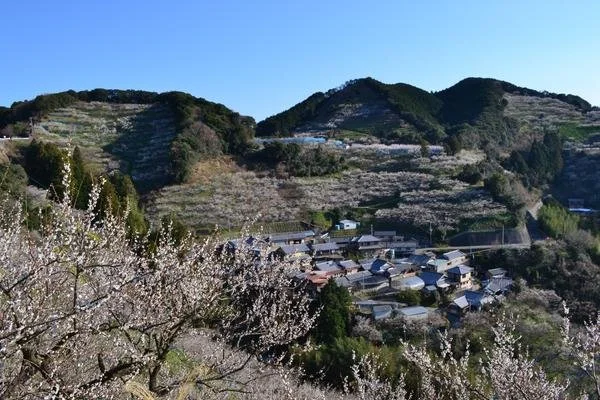
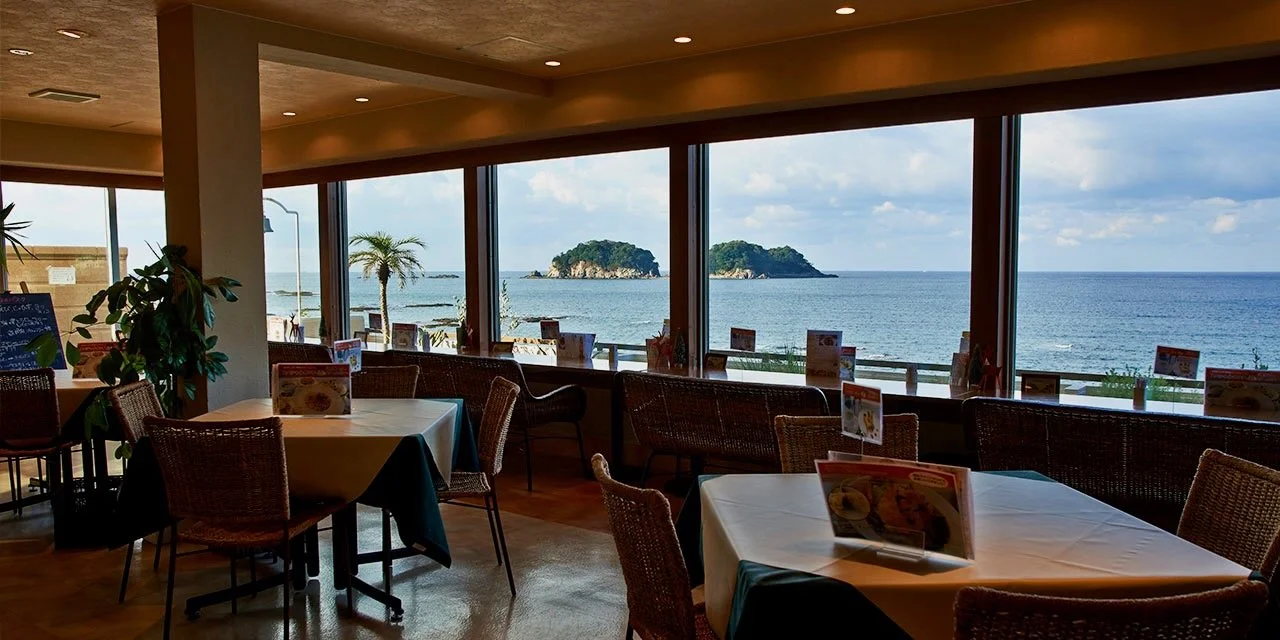
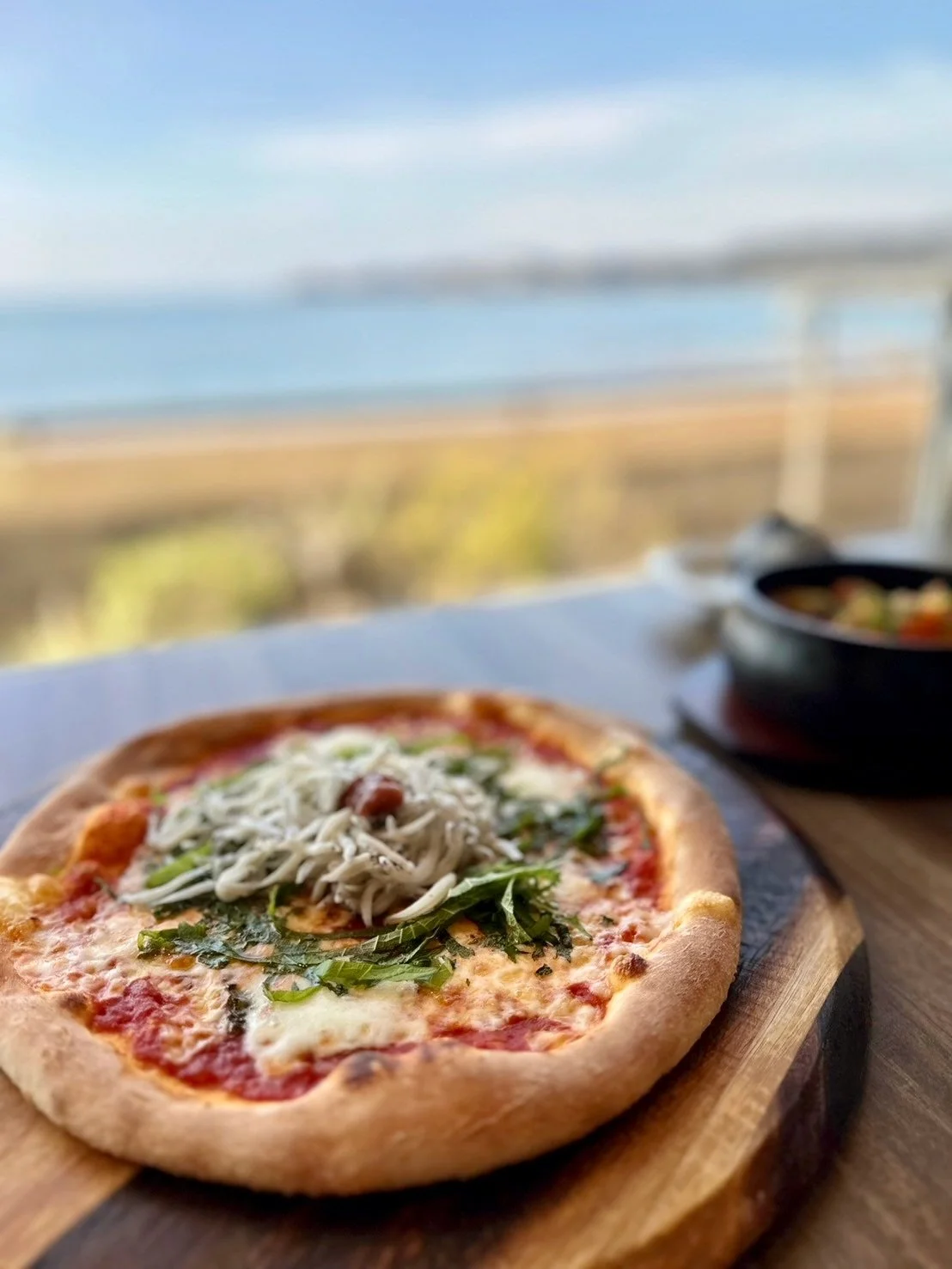
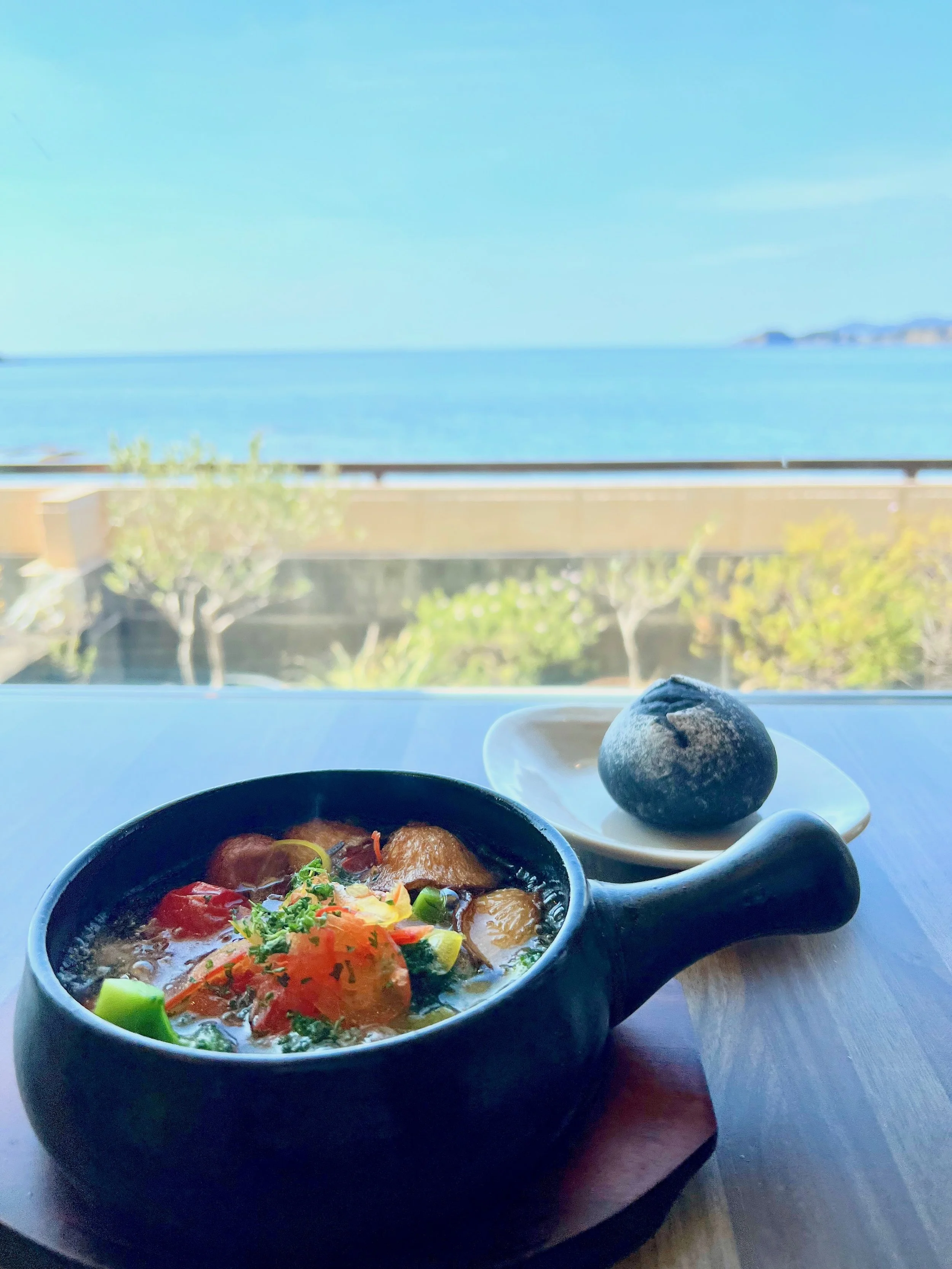
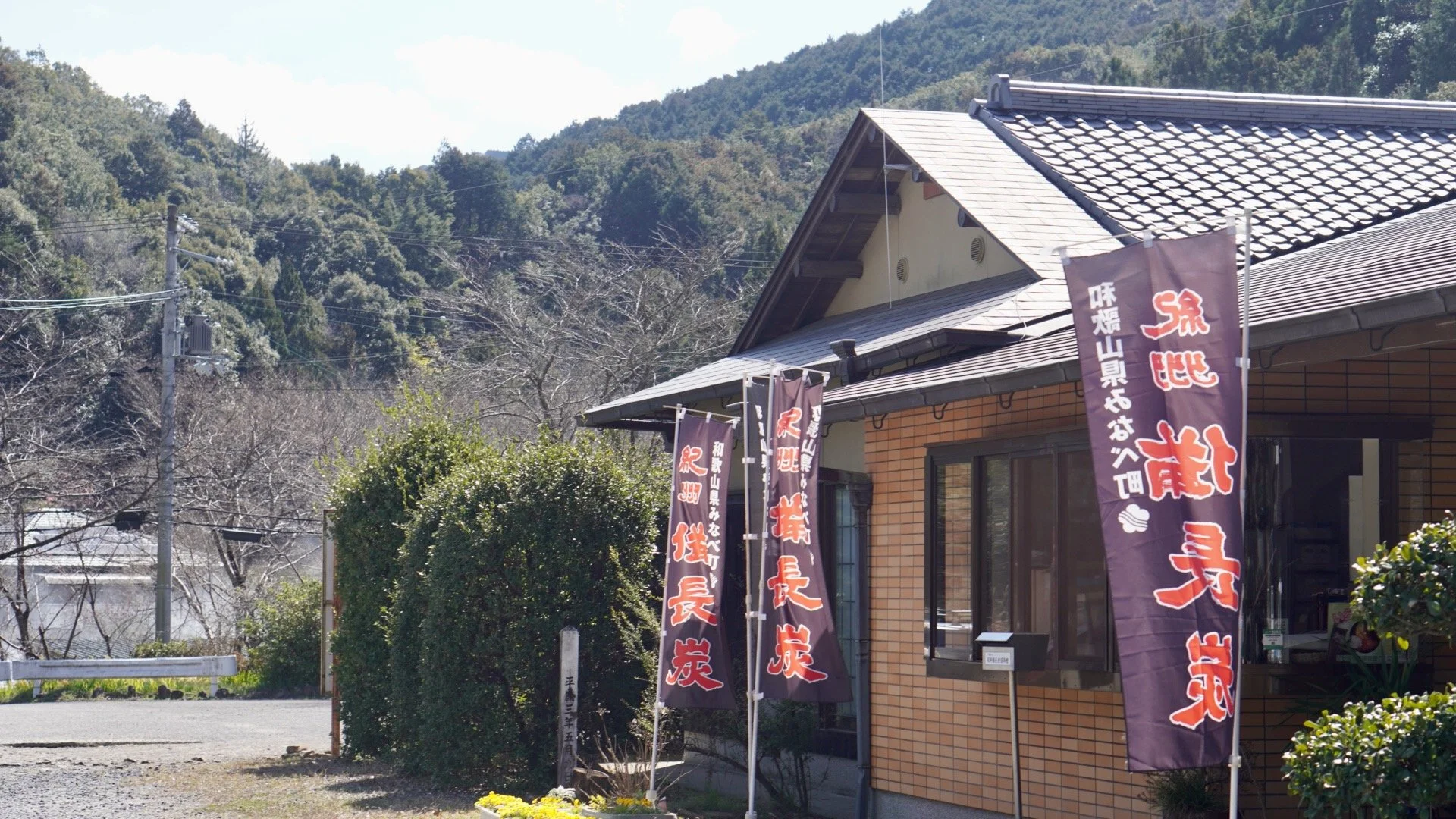
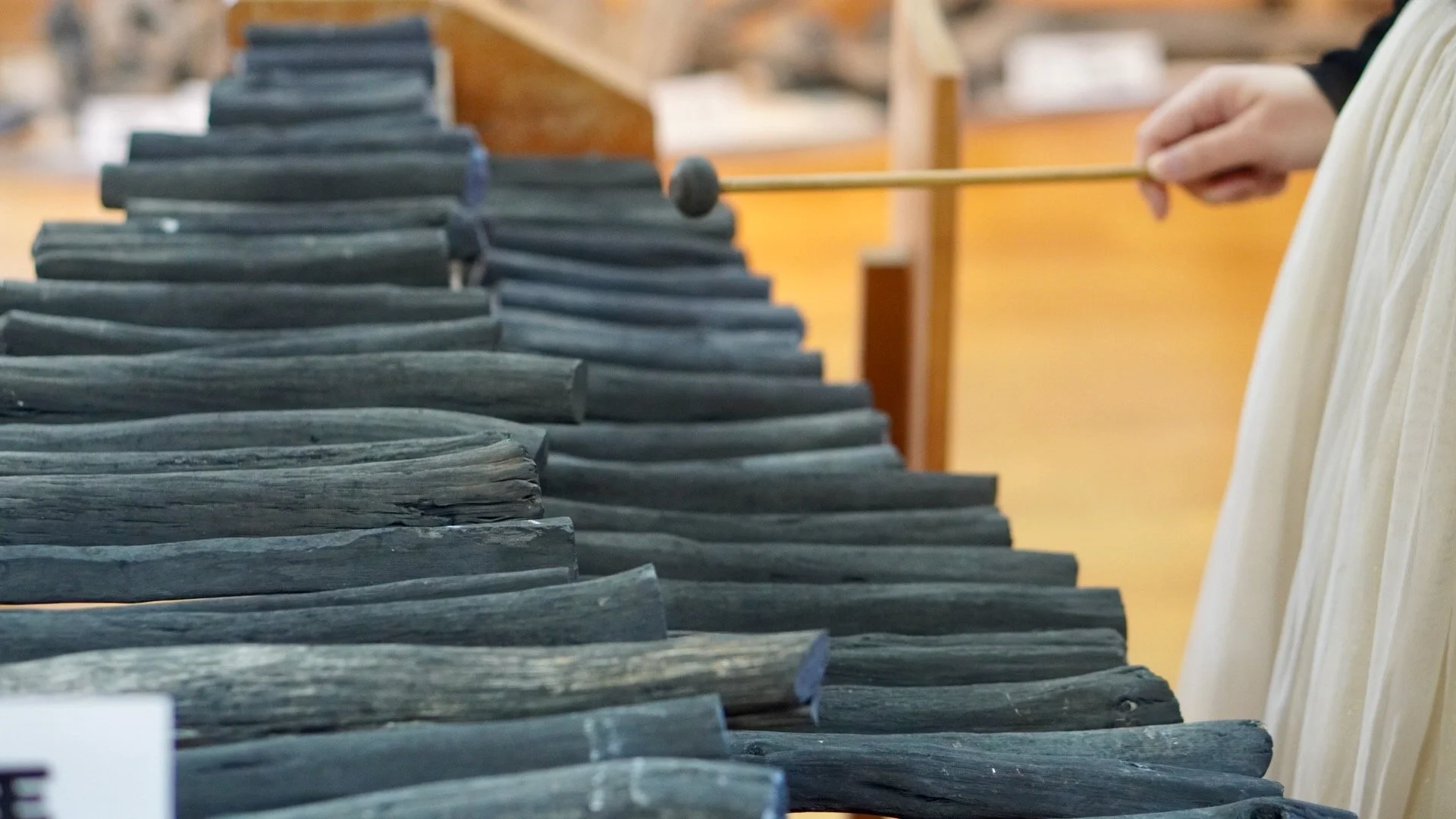

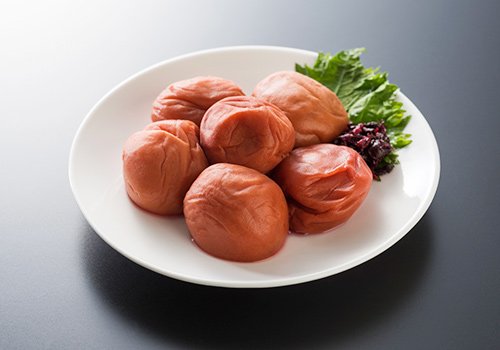
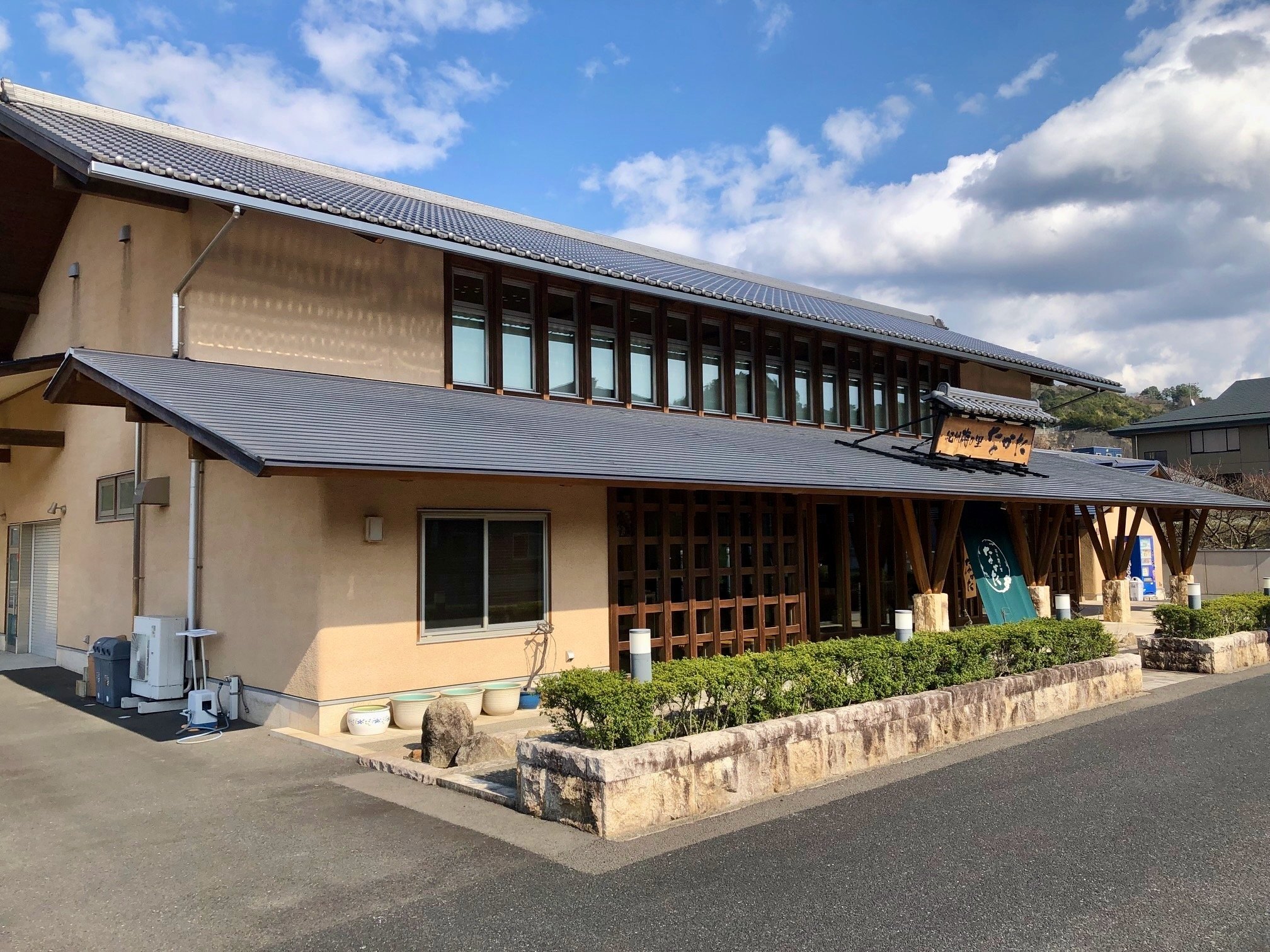
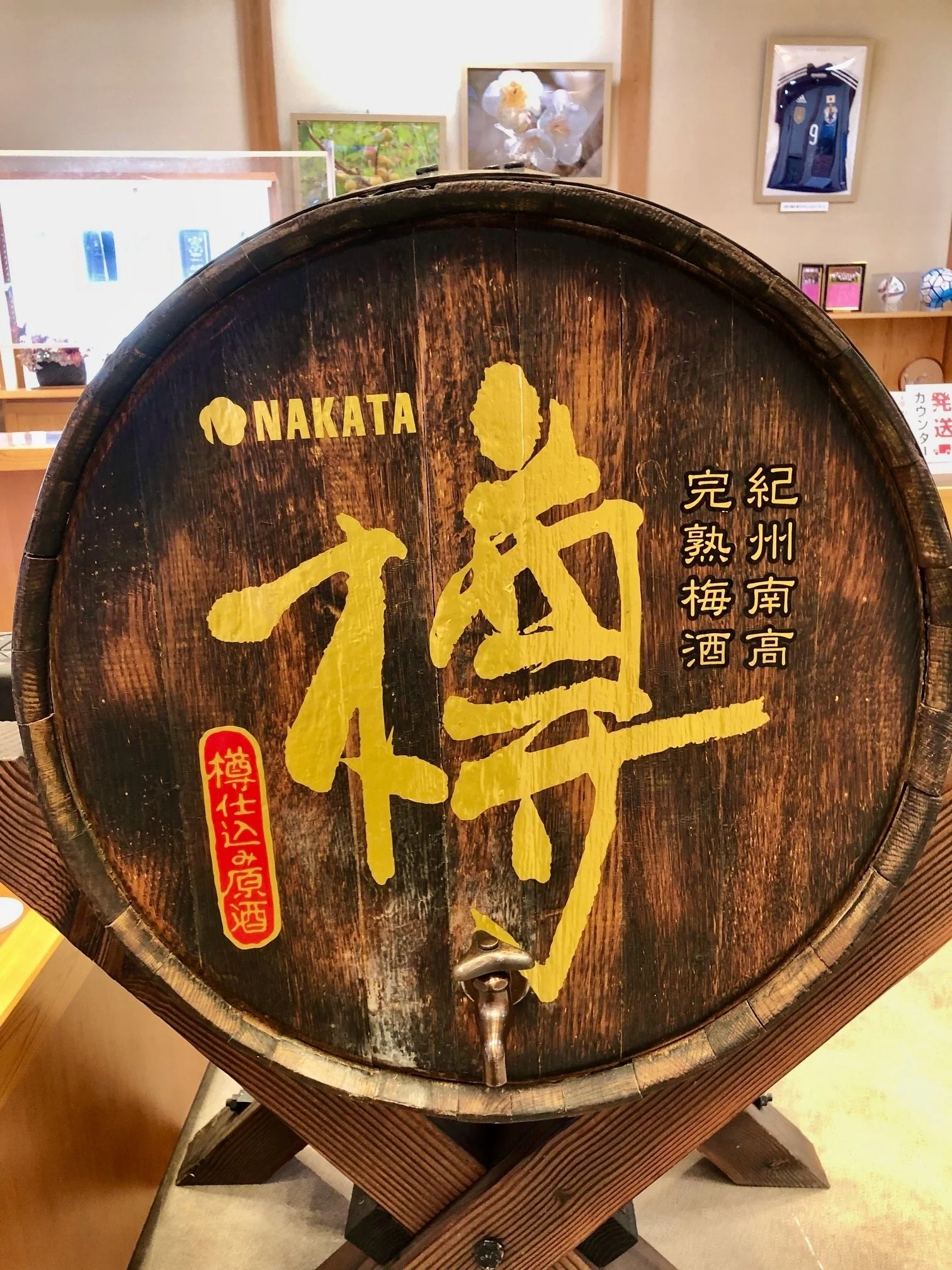


Air Japan is a newly launched budget airline by All Nippon Airways (ANA), with flights between Changi International Airport (SIN) and Narita International Airport (NRT) starting at just $179!